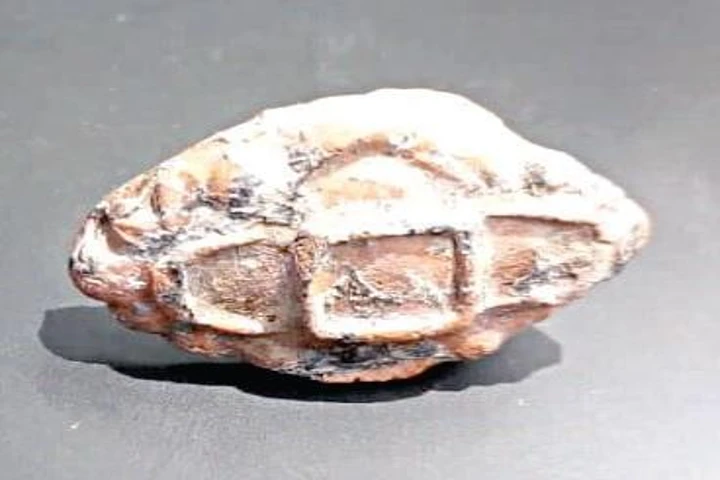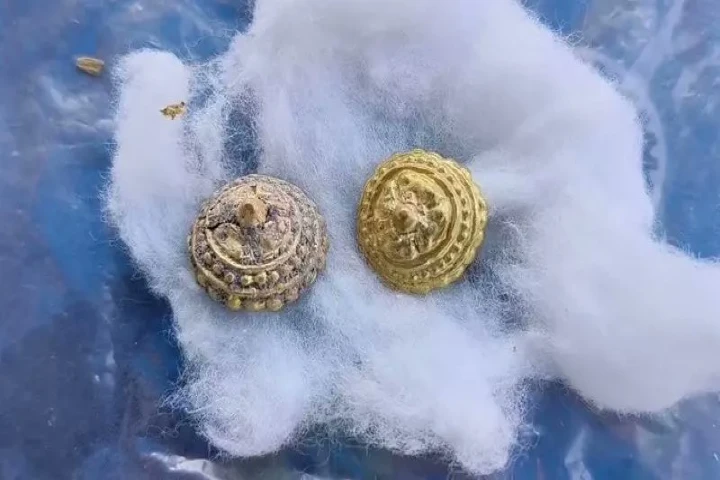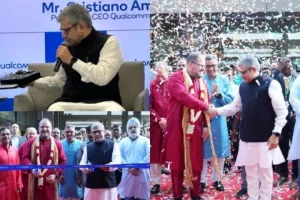The Chennai circle of Archaeological Survey of India has hit gold in terms of history, heritage and culture. Excavations in the nondescript village of Vadakkupattu which is five kilometres from Oragadam on the outskirts of Chennai have revealed a treasure trove of relics – tools, toys, gold beads, sculptures, coins among others — not belonging to one but four eras, of which the oldest dates back to 12,000 years.
Among the findings the most important are from the Mesolithic period or the Middle Stone Age, that is 12,000 plus years. These include scrappers, cleavers, choppers, hand axes, and stone fragments numbering in hundreds just 75 cm below the surface. Talking to TOI, M. Kalimuthu, Superintendent Archaeologist, Chennai Circle, said: “This looks like a place where ancient people made stone tools for hunters and gatherers.”
As per the researchers the moderate size and sharpness of the tools found shows that the ancient people made them by removing flakes from stones and that they are from the Mesolithic period. Kalimuthu told the media the large variety stone tools points to a large number of people living in the area.

At an upper layer of the same pit the 20-member ASI team which included surveyors, researchers, and labourers found Roman amphora sherds, rouletted pottery and glass beads besides beads, gold ornaments, terracotta toys, coins, pot sherds and bangle pieces belonging to the Sangam era, that is 2,000 years ago. This objects, according to the experts indicate active trade and commerce.
The surrounding area yielded sculptures and stone carvings which belong to the Pallava period– from 275 CE to the late era of 897 CE. Many of the sculptures were made of sand stone and weathered over a period of time. Included among these were statues of Vishnu and a Shivalinga.
Stressing the importance of this archaeological site, Kalimuthu told TOI: “It is unique to find stone tools, artefacts and ornaments belonging to four different eras at a single place.”




















